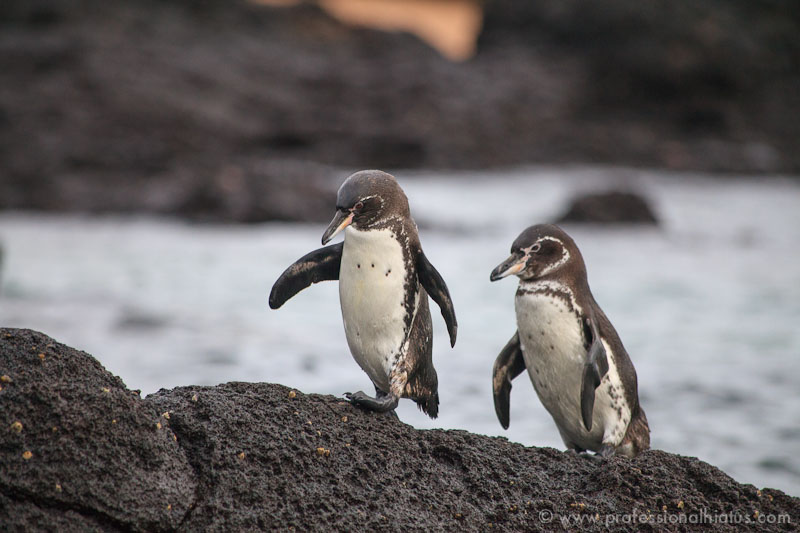Going to revive the server
This topic contains 93 replies, has 28 voices, and was last updated by AnderZENZ 9 years, 7 months ago.
-
AuthorPosts
-
Despite their size and bulk, polar bears are excellent swimmers, and have been spotted in waters over 100km offshore. They can comfortably swim at around 10km/h using their slightly webbed, 30cm wide paws like paddles in the water.
Did you know that a polar bear’s fur isn’t white? It’s actually transparent with a hollow core that reflects light. This helps the bears blend in with their surroundings – a useful trick, especially when hunting wary seals!
These magnificent mammals have an incredible sense of smell which they use to track their favourite grub, seals*. In fact, their sense of smell is so good, they can sniff out prey from up to 16km away!
The word ‘Arctic’ comes from the Greek word for bear, Arktos. But this isn’t because of the polar bears! It’s believed the name refers to two constellations that can be seen in the northern sky — ‘Ursa Minor’ (Little Bear) and ‘Ursa Major’ (Great Bear).
Alright I’m done, just thought I’d share some polar bear facts.
( ͡° ͜ʖ ͡°)Penguins (order Sphenisciformes, family Spheniscidae) are a group of aquatic, flightless birds living almost exclusively in the Southern Hemisphere, especially in Antarctica. Highly adapted for life in the water, penguins have countershaded dark and white plumage, and their wings have evolved into flippers. Most penguins feed on krill, fish, squid and other forms of sealife caught while swimming underwater. They spend about half of their lives on land and half in the oceans.

Although all penguin species are native to the Southern Hemisphere, they are not found only in cold climates, such as Antarctica. In fact, only a few species of penguin live so far south. Several species are found in the temperate zone, and one species, the Galápagos penguin, lives near the equator.

The word penguin first appears in the 16th century as a synonym for great auk. When European explorers discovered what are today known as penguins in the Southern Hemisphere, they noticed their similar appearance to the great auk of the Northern Hemisphere, and named them after this bird, although they are not closely related.

Diving penguins reach 6 to 12 km/h (3.7 to 7.5 mph), though there are reports of velocities of 27 km/h (17 mph) (which are more realistic in the case of startled flight). The small penguins do not usually dive deep; they catch their prey near the surface in dives that normally last only one or two minutes. Larger penguins can dive deep in case of need. Dives of the large emperor penguin have been recorded reaching a depth of 565 m (1,854 ft) for up to 22 minutes.

Alright I’m done too, just thought I’d share some penguin facts.
( ͡° ͜ʖ ͡°)Please revive the server!
Please going to revive the server im paying to revive
If you want a new server, click here for the new ‘Unbound’ Prison
@born wat? I’m confused what you mean.
“I thought I did this deliberately”
Meh, whatever.
(Again, keep this comment separated from the flaming posts)
-
AuthorPosts
You must be logged in to reply to this topic.
Sorry, the comment form is closed at this time.